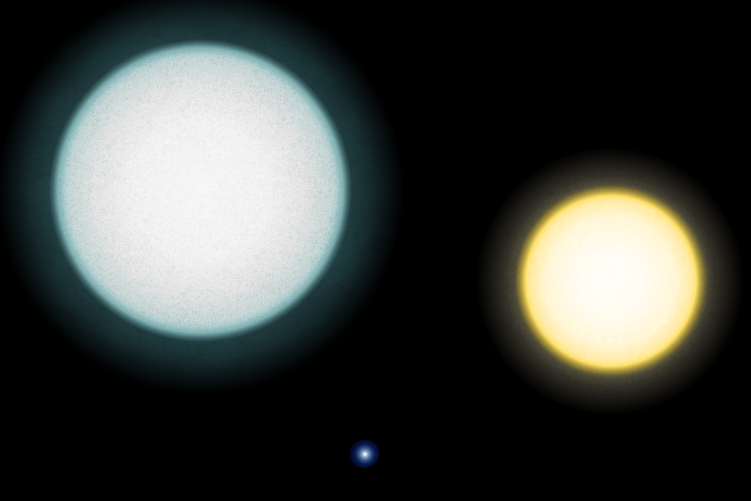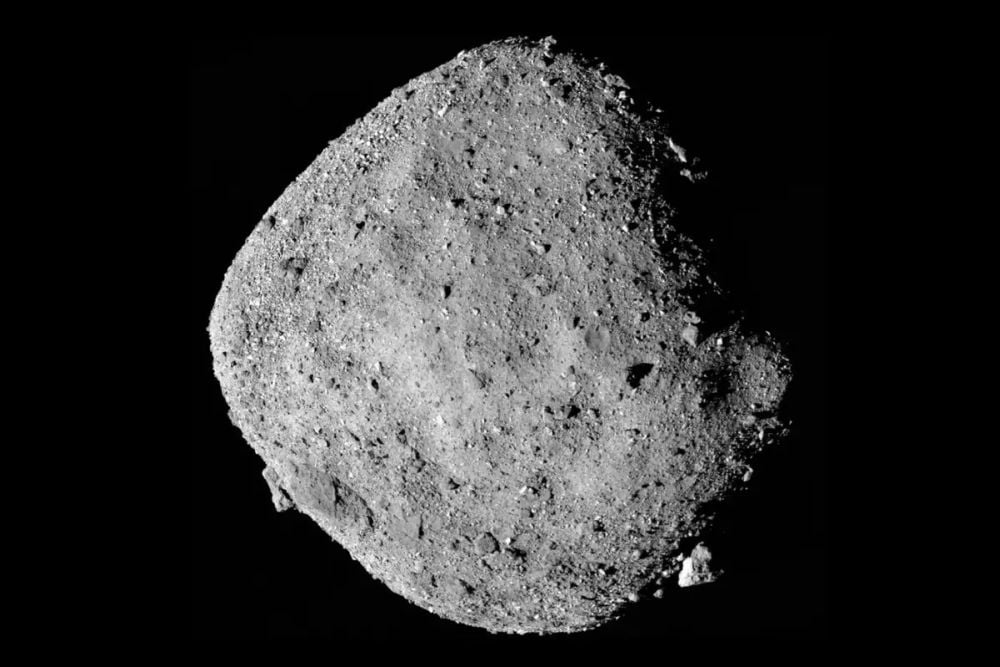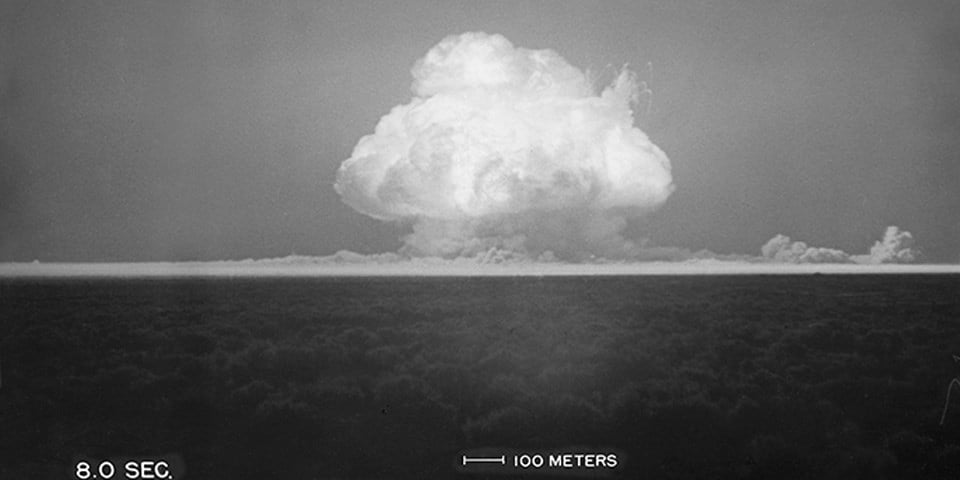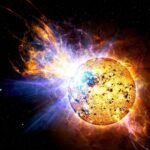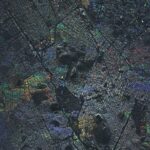When most stars like the Sun die, they don’t go out with a bang, they fade away as white dwarf stars, Earth-sized remnants that slowly cool over billions of years.
A new study by Manuel Barrientos and colleagues from the University of Oklahoma reveals that between 0.6% and 2.5% of white dwarfs in our solar neighborhood undergo dramatic cooling delays
New research published in the journal Science reveals the red planet’s mantle preserves a record of its violent beginnings.
One of the advantages of having so many telescopes watching large parts of the sky is that, if astronomers find something interesting, there are probably images of it from before
Earth is so far the only known planet on which life exists—with liquid water and a stable atmosphere. However, the conditions were not conducive to life when it formed. The
Components of a NASA technology that could one day help crew and cargo enter harsh planetary environments, like that of Mars, are taking an extended trip to space courtesy of
Astronomers sometimes find conflicting data when trying to answer a question. This is a normal part of the scientific process, and it simply means that more data is needed to
The textbook picture of how planets form—serene, flat disks of cosmic dust—has just received a significant cosmic twist.
New research based on samples from asteroid Bennu show that the asteroid contains materials from throughout the Solar System. Some of its materials are from even more distant realms: the
What about the middle stages? The march from single-celled organisms doing their single-celled thing to intelligent creatures that can wield tools and leave feedback reviews about them?
-
 012024 in Review: Highlights from NASA in Silicon Valley
012024 in Review: Highlights from NASA in Silicon Valley -
 02Panasonic Leica Summilux DG 15mm f/1.7 ASPH review
02Panasonic Leica Summilux DG 15mm f/1.7 ASPH review -
 03How New NASA, India Earth Satellite NISAR Will See Earth
03How New NASA, India Earth Satellite NISAR Will See Earth -
 04And Thus Begins A New Year For Life On Earth
04And Thus Begins A New Year For Life On Earth -
 05Astronomy Activation Ambassadors: A New Era
05Astronomy Activation Ambassadors: A New Era -
06SpaceX launch surge helps set new global launch record in 2024
-
 07Space Force plans new ‘Futures Command’ amid pressure to speed up modernization
07Space Force plans new ‘Futures Command’ amid pressure to speed up modernization


